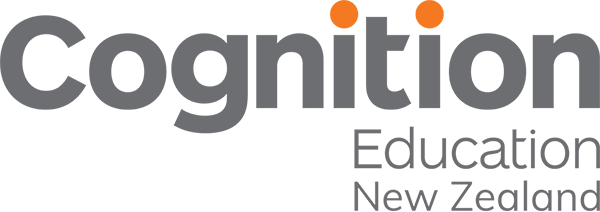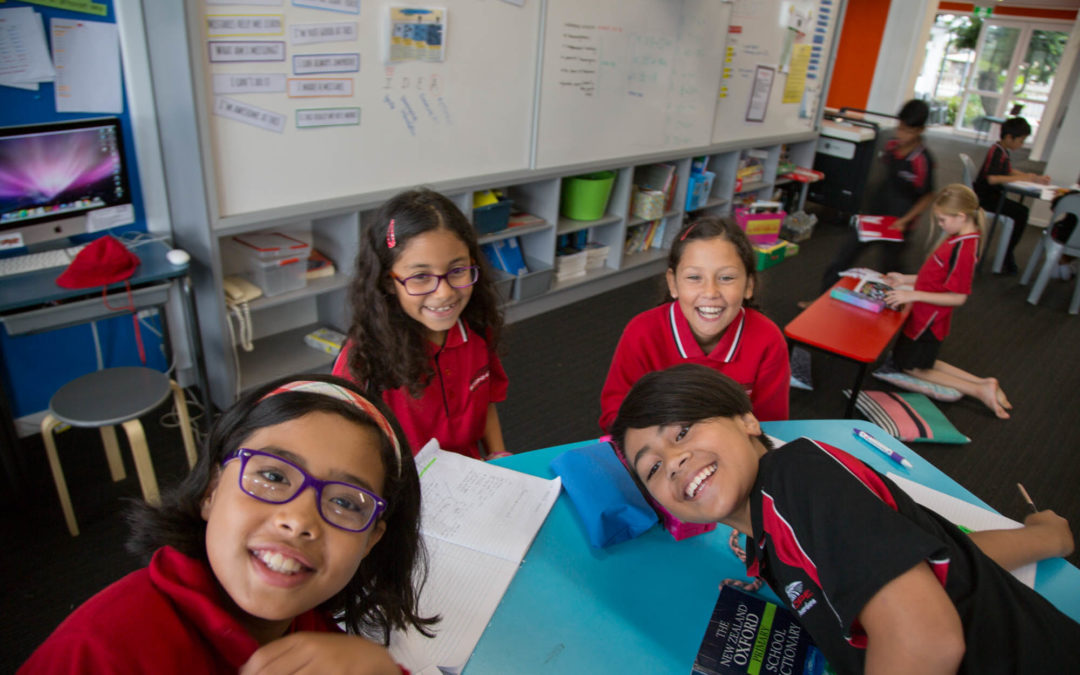E tiro whakamau ana ki te tau hou
Ko tēnei te whakatipuranga o te tamaiti i roto i tōna oranga nui, i runga hoki i tōna mana motuhake, mana atuatanga.
The health and wellbeing of the child are protected and nurtured.
Make positive wellbeing in the classroom a priority during 2021.
Think how happy you feel when you’re looking forward to something; anticipation may arouse more intense emotion than retrospection. If this is true, it might just be why the magic of a ‘New Year’ gives us the ability to put the past behind us and enjoy looking forward. How do our students feel as they return to school after such a long holiday? Imagine the possibilities before them.
“…dwell in possibility.” Emily Dickenson
Everyone has worked their magic in the holidays: the photocopier isn’t jammed; first aid kits are labelled and bulging; the whare pukapuka looks orderly and inviting; warmth emanates from the laminator. The tumuaki looks ten years younger as they whistle along the bright cheerful corridors. Excitable children begin appearing through the calmness clutching new lunchboxes and smiling with new teeth. The class smells of sunscreen.
The first week is always hard, but undoubtedly the most important. It’s where the classroom culture is established and essential agreements are signed and sealed for the year ahead. It’s where everyone makes a good first impression before the snowball of calendar dates, camps, duty rosters, productions and festivals begin appearing on the horizon.
As you unravel your high expectations, rules and routines, decide for yourself how you will continue to harness the children’s’ Hauora. Take time to plan for it. To facilitate rich learning experiences for students where they can be successful, it is important that we promote conditions that protect their mental wellbeing. They need to feel safe socially, emotionally, physically and mentally. Here are 4 top tips to help you build Hauora/wellbeing in the classroom.
Tip # 1. Taha wairua – spiritual wellbeing
Disconnect your devices for the first part of the day.
As the students enter the classroom at the start of each new day, you might decide to make a habit of putting down your own devices and stop checking your emails. Try not to look at a screen until it is time to do the roll; demonstrating how to manage your screen time. Instead, give your students your full attention and invite them to share something important to them, have a conversation, play a word game, or even just listen to some music together.
Remember, school is as much a place of social learning as academic learning making teachers one of the most influential people in a students’ life. Role model the behaviour you want to see from your kids. Teacher credibility plays a key role in facilitating successful student-teacher interactions, as discussed in Finn, Amber & Schrodt, Paul & Witt, Paul & Elledge, Nikki & Jernberg, Kodiane & Larson, Lara. (2009). A Meta-Analytical Review of Teacher Credibility and its Associations with Teacher Behaviors and Student Outcomes.
Tip # 2. Taha hinengaro – mental and emotional wellbeing
Introduce a class pet.
Whether it is a snail, tadpole, goldfish or even a school chicken or pig, you could try and invite an animal/minibeast/plant into the classroom and teach your learners to organise and look after its needs. They can create timetables and develop responsibilities for the pet/plant. There are many rich learning opportunities and benefits in having a classroom pet. A class pet may provide a crucial bond to the natural world that enhances your students’ health and wellbeing.
If you are far too squeamish for minibeasts perhaps a soft toy that represents your class pet will suffice? You can read more about pets and the effects on mental health here.
Tip # 3. Taha whānau – social wellbeing
Invent an imaginary student.
“Imagination is more important than knowledge.” Albert Einstein
Learning with imagination may be just as important as having knowledge. To build on this idea you might like to create playful imaginative conversations by inventing an extra student on the roll. Give this student a name. This student can sometimes be sick, forget their homework or misbehave on the playground, creating opportunities to learn from mistakes. An imaginary student would be free to take risks and be a leader, and to state opinions rather than just correct answers.
Maybe this imaginary friend can partner up with someone when you are a student short? Maybe they have a nut allergy or are scared of swimming? This is a great way to create empathy ‘on tap’ when needed in real context. There is a blog here that explains the power of imagination in the classroom.
Tip # 4. Taha tinana – physical wellbeing
Engage in some morning exercise.
Some of our students may walk through the classroom door bringing stress with them. Studies show that physical activity is a natural way to prevent the negative effects of stress. You could put aside the first fifteen minutes of the day to do some controlled exercise with the students (remember to role model joining in too). Exercise before school may also help students who have trouble concentrating as indicated by this research study.
Māori Movement offers some great ways where you can complete a ‘Fitness of the Gods’ warm-up. Māori Movement is a unique health and wellbeing programme that brings together the traditional training of the Māori warriors into a modern interpretation.
With these four simple classroom routines in place, you are in a good position to make 2021 a balanced, safe and exciting start for your students where everyone can focus on looking forward.
Emily Dickenson “I dwell in possibility”
I dwell in Possibility–
A fairer House than Prose–
More numerous of Windows–
Superior–for Doors–
Of Chambers as the Cedars–
Impregnable of Eye–
And for an Everlasting Roof
The Gambrels of the Sky–
Of Visitors–the fairest–
For Occupation–This–
The spreading wide my narrow Hands
To gather Paradise–

